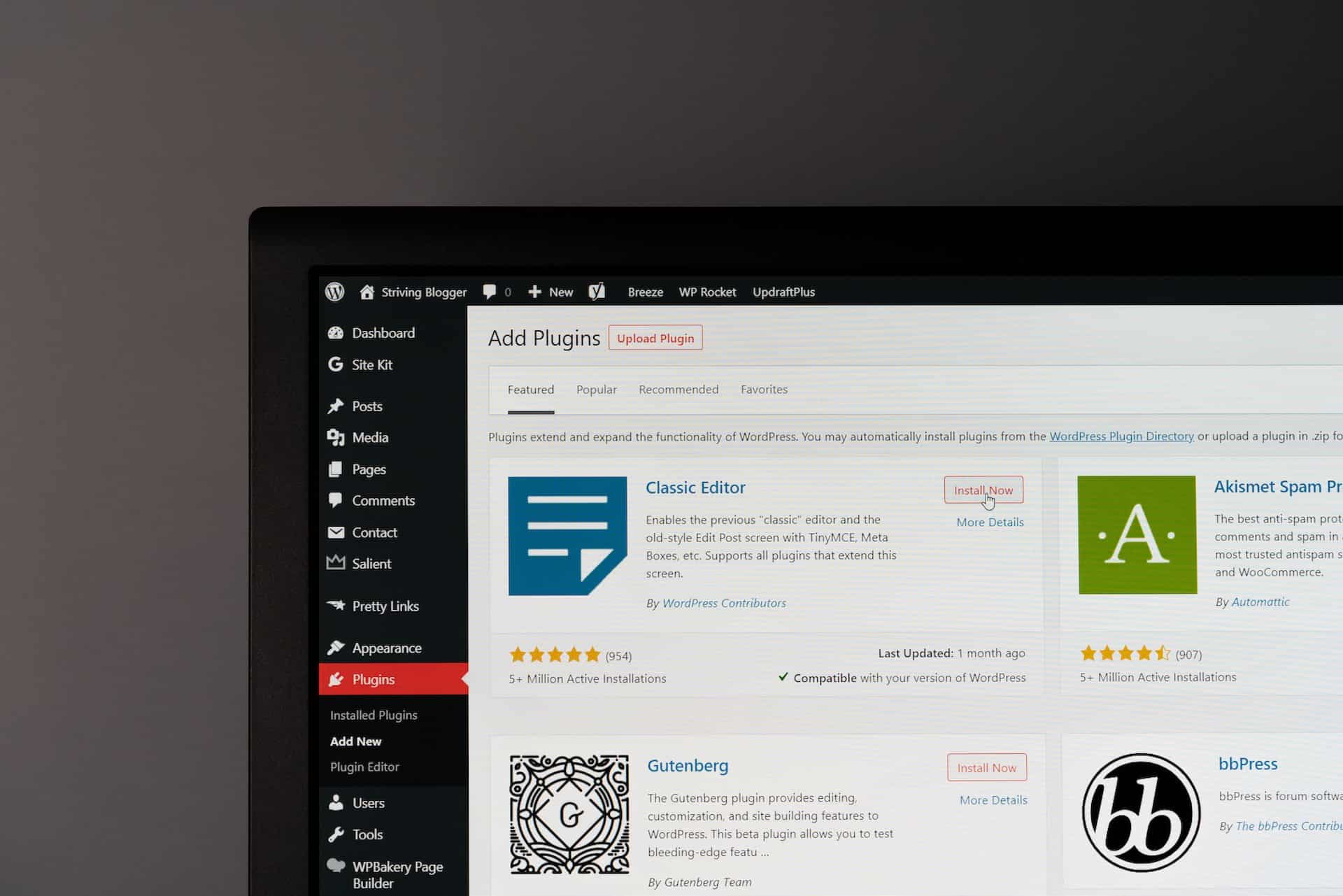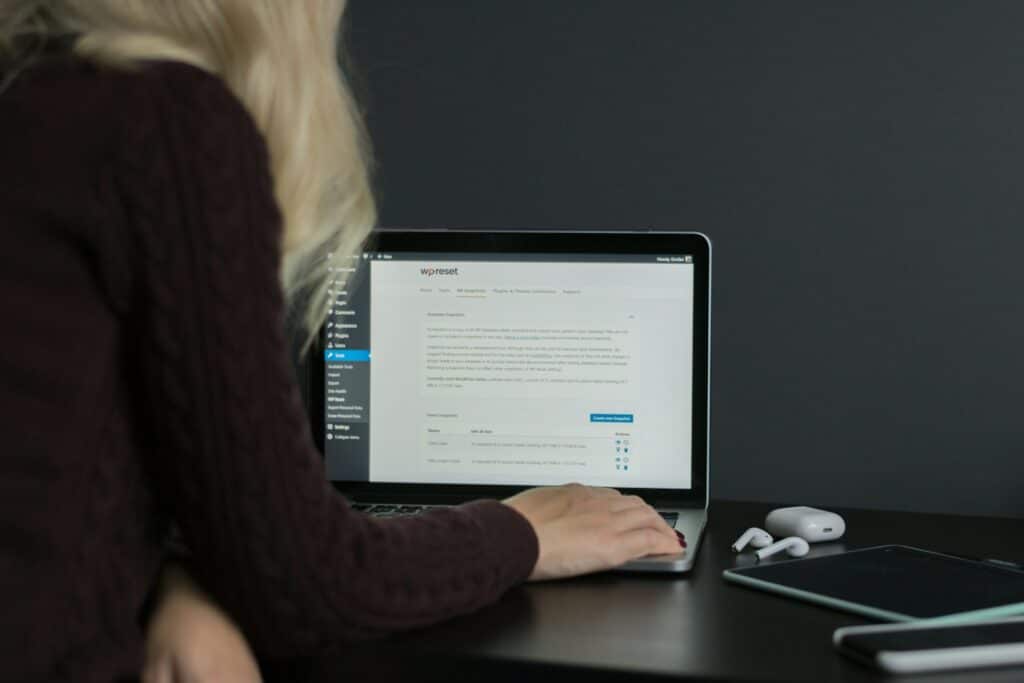WordPress is the go-to option for businesses for plenty of reasons. WordPress (WP) is incredibly user-friendly, so you don’t need to be a tech genius to build a professional-looking website. Many plugins, themes, and tools make designing and customising a website a breeze.
However, there are still plenty of things to consider after you set up a WP site. Here are the next seven essential maintenance steps you must regularly perform to keep a website running smoothly:
Looking for a complete WordPress Maintenance Plan?
With all ThriveWP care plans, we include free migration, malware removal, daily/hourly backups, plugin theme and core updates, ongoing support and 24/7 security monitoring and firewall.
8. Check Security Settings
Security is a top priority for any website owner. To make sure your site is secure, check your WordPress dashboard and hosting account to ensure that permissions and settings are configured correctly.
9. Use Caching plugins
Caching plugins like W3 Total Cache and WP Super Cache can help speed up your WordPress website by creating cached versions of your pages. This reduces the time it takes to load the page and improves your site’s performance.
10. Set Up an SSL Certificate
A Secure Sockets Layer (SSL) is an encryption protocol that helps protect your website from malicious attacks. Not only does setting up an SSL certificate help protect your website from hackers, but it also has several other benefits.
For one, it increases the trustworthiness of your website, as visitors will see that it is secure. Additionally, installing an SSL certificate can improve your website’s ranking on search engines, as Google now prioritises websites with an SSL certificate installed.
Once you’ve installed the SSL certificate, you’ll need to configure your WordPress website to use it. To do this, you’ll need to modify your WordPress site’s .htaccess file. If you’re unfamiliar with how to do this, you can use a WordPress plugin such as Really Simple SSL to handle the configuration.
11. Install an Anti-Spam Plugin
Spam comments can be a nuisance for WordPress websites. To minimise this problem, install an anti-spam plugin like Akismet or Antispam Bee to help detect and prevent spam comments from appearing on your site.
12. Perform Regular Content Audits
Content audits are a great way to ensure that your website’s content is up-to-date and relevant. Periodically performing content audits will help you find outdated content so you can update or remove it as needed.
13. Monitor Your Comments
Comment sections are a great way to engage with your website visitors, but they can also be used to spread malicious content. To protect your website from malicious code, regularly monitor your comment section for questionable content.
14. Link to Reliable Sources
Linking to reliable sources, like relevant blogs and news outlets, can help you boost your website’s credibility and search engine rankings. However, ensure that any sources you link to are reliable and trustworthy.
Conclusion
For many reasons, it is important to keep up with the maintenance of your WordPress website. Optimising your website can ensure that it loads quickly and looks great on all devices. Finally, regular maintenance can help you identify any issues that may arise so that you can quickly address them and keep your website running smoothly.
Need help with WordPress? Trust our experienced website specialists at ThriveWP to give you the support you need. Get in touch with us today for reliable and fast WordPress assistance.






